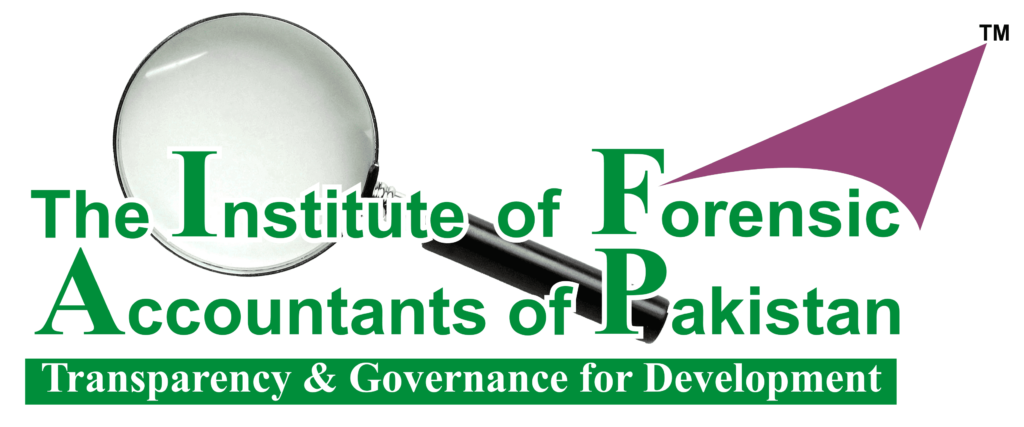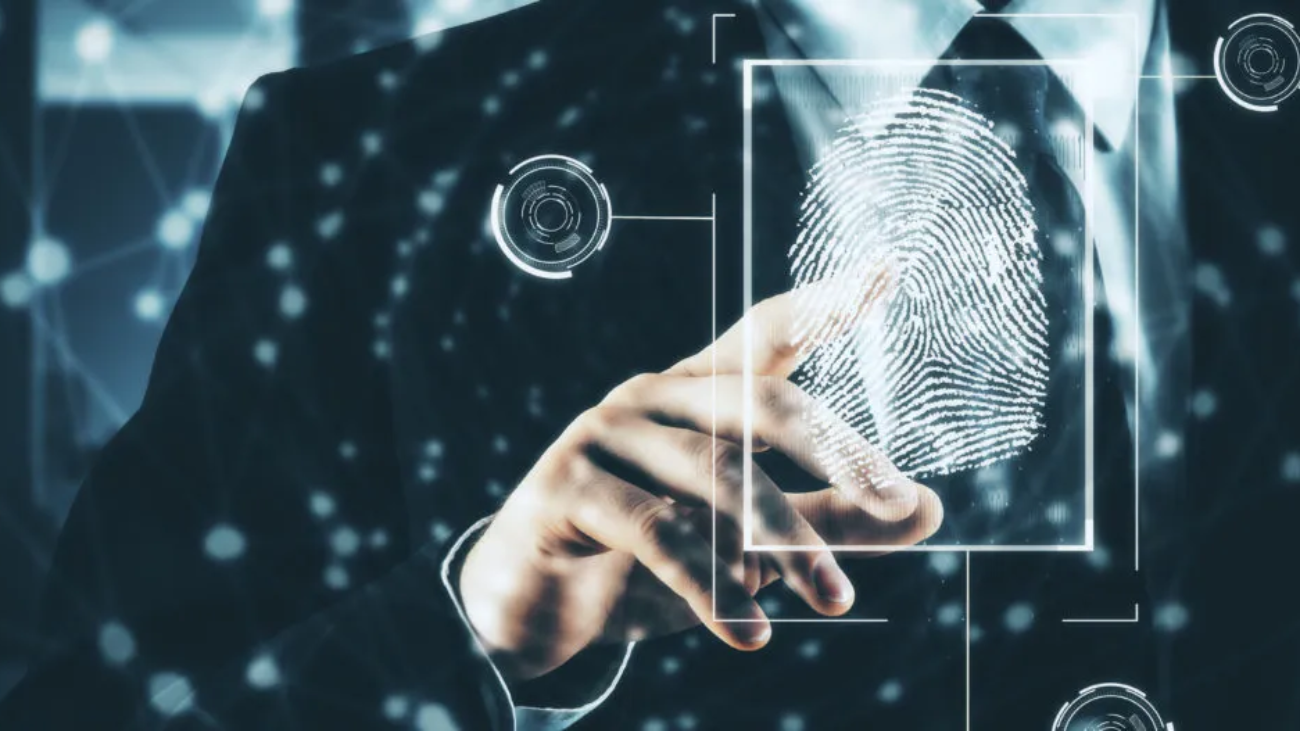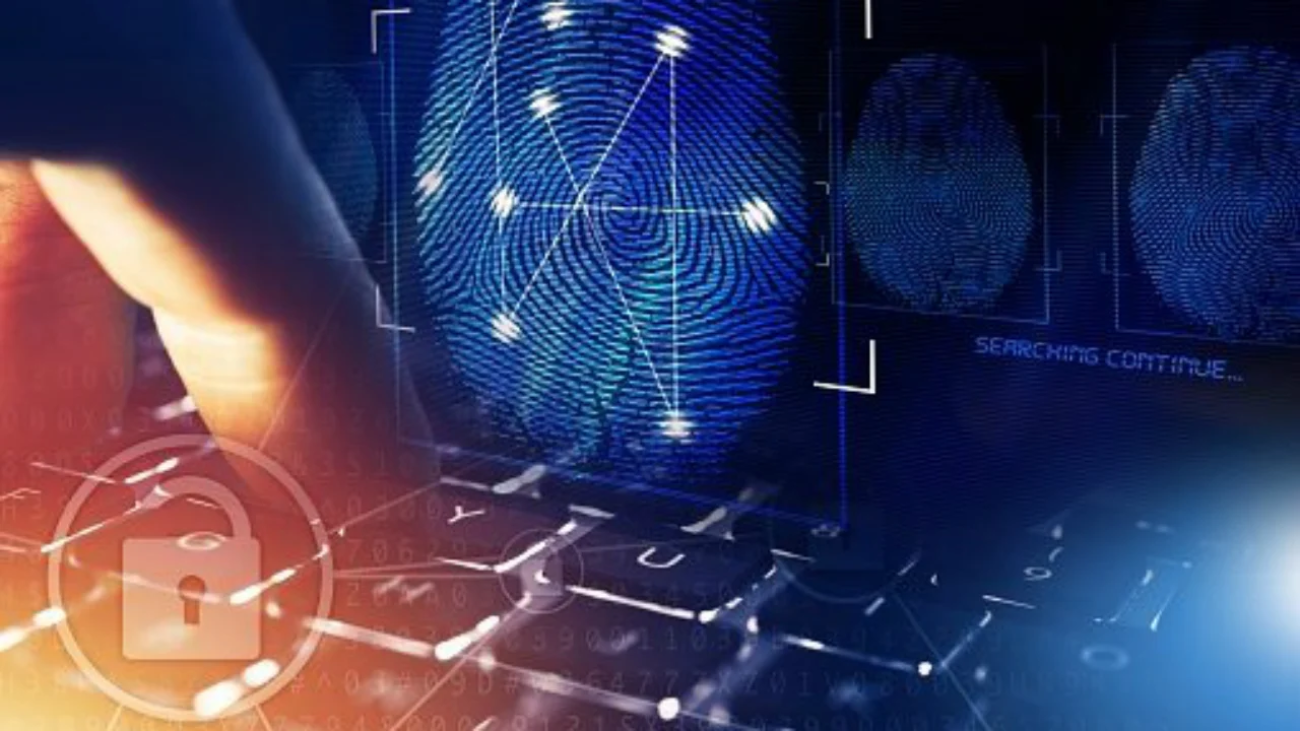Advanced Data Analytics in Forensic Auditing: Tools and Techniques
The integration of advanced data analytics (ADA) in forensic auditing has revolutionized the field, enabling auditors to navigate the vast and intricate landscape of financial data more effectively (Appelbaum et al., 2017). Traditional auditing methods, while still essential, have become increasingly challenged by the exponential growth in the volume and complexity of financial information (Alles, 2015). ADA, with its array of sophisticated analytical tools and techniques, has emerged as a crucial complement to conventional auditing practices, allowing forensic auditors to uncover financial discrepancies and identify fraudulent activities with greater precision and efficiency (Vasarhelyi et al., 2015). By leveraging data mining, predictive modeling, and advanced statistical analysis, forensic auditors can now extract valuable insights from large datasets, detect patterns, and flag potential irregularities that may have gone unnoticed using traditional methods (Appelbaum & Nehmer, 2017). This evolution in forensic auditing has significantly enhanced the ability of professionals to safeguard the integrity of financial systems and protect stakeholders from the detrimental effects of financial fraud (Alles, 2015).
The Rise of Advanced Data Analytics in Forensic Auditing
1. Data Security Concerns
The dispersed nature of a remote workforce substantially broadens the attack surface for potential data breaches. This is primarily because sensitive financial information is frequently stored and accessed on personal devices and cloud-based platforms. These systems often lack the robust security protocols found in centralized office networks, making them more vulnerable to exploitation. A study by Verizon highlighted this vulnerability, revealing that remote work environments were a significant target for cyberattacks in 2020. Specifically, there was a staggering 667% increase in phishing attempts compared to the previous year. This surge underscores the urgent need for enhanced security measures in remote work settings to protect sensitive information from cyber threats (Verizon, 2021).
Forensic auditors face the challenge of ensuring the integrity and authenticity of electronic data used as evidence in their investigations. This necessitates a focus on robust data security measures within the organization, including:
- Encryption: Encrypting sensitive data both at rest and in transit is crucial for minimizing the risk of unauthorized access. Encryption ensures that even if data is intercepted or accessed without authorization, it remains unreadable and secure. This protective measure is essential in safeguarding data integrity and confidentiality, particularly in the event of a security breach, thereby enhancing overall data security (Weil & Wright, 2020).
- Access Controls: Implementing strong access controls based on the principle of least privilege is essential for data security. This approach restricts access to sensitive data, ensuring that users only have the minimum level of access necessary for their roles. By limiting data exposure, the risk of unauthorized access and potential breaches is significantly reduced, thereby enhancing the overall security framework (Senft et al., 2021).
- Data Loss Prevention (DLP): Data Loss Prevention (DLP) solutions are vital in mitigating the risk of accidental or intentional data leaks by remote employees. These solutions monitor and control data transfers, ensuring that sensitive information is not improperly shared or exposed. By implementing DLP technologies, organizations can enforce data security policies, detect potential breaches, and prevent unauthorized access, thereby safeguarding critical information in remote work environments (Senft et al., 2021).
2. Limited Access to Physical Evidence
Traditionally, forensic audits have relied on the physical examination of documents, equipment, and other tangible evidence to uncover fraudulent activities or irregularities. This process involved meticulous scrutiny of paper records, hard drives, and physical assets, enabling auditors to trace transactions and verify the authenticity of financial data. However, in a remote work environment, access to such physical evidence is often limited. The dispersed nature of remote work complicates the collection and analysis of physical items, as auditors cannot readily access employees' personal workspaces or devices. Consequently, forensic audits in remote settings must increasingly depend on digital evidence, such as electronic records, emails, and logs from cloud-based platforms. This shift necessitates the adoption of advanced digital forensics tools and techniques to ensure comprehensive and effective audits, despite the challenges posed by the lack of physical access. This presents challenges in areas such as:
- Document Review: Verifying the authenticity of paper documents becomes challenging when employees are geographically dispersed. Physical distance hinders the direct examination of original documents, increasing reliance on digital copies that may be susceptible to tampering. This dispersion complicates the validation process, necessitating advanced verification techniques and secure methods for document transmission to ensure authenticity and integrity in remote work environments.
- Inventory Verification: Observing and verifying physical inventory without being physically present at the location is inherently challenging. Remote verification relies on digital records and real-time reporting, which may not fully capture discrepancies or unauthorized movements of inventory. This limitation can hinder accurate assessment and control, necessitating robust remote monitoring technologies and reliable local reporting to ensure inventory integrity in geographically dispersed operations.
- IT Asset Inspection: Assessing the security measures and controls on physical IT equipment used by remote employees becomes more complex due to the lack of direct oversight. Remote environments complicate the evaluation of device configurations, compliance with security protocols, and physical security controls. This necessitates the implementation of stringent remote management tools and policies to ensure that IT equipment maintains robust security standards despite the dispersed nature of the workforce.
- Remote Document Review Platforms: Secure cloud-based platforms facilitate safe document sharing and collaboration, allowing for the remote review of scanned documents. These platforms employ robust encryption and access controls, ensuring that sensitive information remains protected during transmission and storage. This capability enables geographically dispersed teams to collaborate effectively, maintaining document integrity and security while performing remote audits and reviews (Weil & Wright, 2020).
- Continuous Monitoring Tools: Implementing real-time monitoring tools enables organizations to gain immediate insights into employee activities, allowing for the timely identification of potential red flags. These tools can track anomalies, unusual behaviors, and compliance with security protocols, thereby enhancing oversight and the ability to respond swiftly to potential security threats or policy violations in a remote work environment (Senft et al., 2021).
- Third-Party Verification: Engaging independent third-party services for inventory verification or IT asset inspection can offer several benefits. These services provide an objective and impartial assessment, ensuring the accuracy and completeness of the inventory or asset records. This additional layer of assurance can be valuable in maintaining robust internal controls, identifying discrepancies, and enhancing the overall reliability of the organization's asset management processes (Weil & Wright, 2 020).
To overcome these limitations, forensic auditors can leverage a combination of techniques, such as:
3. Increased Risk of Collusion
Remote work arrangements can facilitate collusion between employees by reducing the likelihood of direct supervision and physical interaction. This physical separation can make it more challenging to detect and prevent fraudulent activities. Without face-to-face interactions, it becomes easier for individuals to coordinate and manipulate financial records undetected. Additionally, the lack of direct oversight can lead to a sense of anonymity, encouraging employees to engage in unethical behaviors. This increased risk of collusion highlights the importance of robust internal controls and monitoring systems to mitigate these risks effectively.
To mitigate this risk, forensic auditors can employ the following strategies:
- Data Analytics: The application of data analytics tools can enhance the detection of fraudulent activities by identifying anomalies in financial data. These tools can analyze large volumes of data, uncovering patterns and irregularities that might otherwise go unnoticed, even when multiple individuals are involved in the collusion. By leveraging data analytics, organizations can proactively monitor financial transactions and records, enabling them to identify potential red flags and take appropriate action to prevent and mitigate fraud (Senft et al., 2021).
- Focus on Communication Analysis: Monitoring communication patterns, such as emails and instant messages, can provide valuable insights into potential collusive activities between employees. By analyzing the frequency, content, and tone of these communications, organizations can identify suspicious interactions that may indicate fraudulent behavior. This approach can help uncover hidden connections, shared objectives, and coordinated efforts among individuals, enabling the detection of collusion before it escalates. Implementing effective communication monitoring strategies can be a crucial component in the overall framework for preventing and detecting financial fraud (Weil & Wright, 2020).
- Surprise Audits: Conducting unannounced remote interviews or data extractions can be an effective strategy to disrupt potential collusion attempts among employees in a remote work environment. By implementing these unscheduled interventions, organizations can catch individuals off guard, reducing the likelihood of pre-planned responses or coordinated efforts to conceal fraudulent activities. This approach can provide a valuable opportunity to gather real-time information, identify inconsistencies, and uncover any attempts to manipulate financial records or engage in collusive behavior (Senft et al., 2021).
Best Practices for Forensic Audits in a Remote Work Environment
In addition to the specific solutions discussed above, several best practices can further enhance the effectiveness of forensic audits in a remote work environment:
- Develop a Remote Work Policy: A comprehensive remote work policy is essential for mitigating the risks associated with collusion in a remote work environment. This policy should clearly outline data security protocols, including the use of secure communication channels, access controls, and data encryption. It should also define acceptable use of technology, such as prohibiting the use of unauthorized software or devices. Furthermore, the policy should establish communication expectations, emphasizing the importance of transparency, accountability, and regular reporting. By implementing a well-defined remote work policy, organizations can create a framework that promotes ethical behavior and reduces the likelihood of collusive activities (Senft et al., 2021).
- Invest in Cybersecurity Awareness Training: Providing regular training for employees on cyber threats and data security best practices can significantly reduce the risk of inadvertent breaches that could enable collusive activities in a remote work environment. By educating employees on topics such as phishing, password management, and secure data handling, organizations can empower their workforce to be more vigilant and proactive in protecting sensitive information. This training can foster a culture of security awareness and responsibility, ultimately strengthening the organization's overall defense against potential collusion and other fraudulent activities (Verizon, 2021).
- Leverage Technology for Collaboration: Collaboration tools, such as video conferencing and secure file-sharing platforms, can be leveraged to facilitate effective communication and information exchange during investigations of potential collusion in a remote work setting. These tools enable real-time interactions, allowing investigators to gather information, conduct interviews, and share relevant documents securely. By utilizing these technologies, organizations can overcome the challenges posed by physical separation and ensure that investigations are conducted efficiently and effectively, even in a remote work environment (Weil & Wright, 2020).
- Maintain Clear Communication: Maintaining consistent and transparent communication with management and stakeholders is crucial during the conduct of a forensic audit to investigate potential collusion in a remote work environment. Regular updates on the scope, methodology, and progress of the audit can help build trust, ensure alignment with organizational objectives, and facilitate the timely resolution of any identified issues. This open and transparent approach can also demonstrate the organization's commitment to addressing the concerns and mitigating the risks associated with collusive activities in a remote work setting (Senft et al., 2021).
4. Adapting Interview Techniques
In a remote work environment, the traditional in-person interview format may not always be practical or possible. Forensic auditors must adapt their interview techniques to effectively gather information from remote employees during an investigation into potential collusion. This adaptation may involve utilizing video conferencing platforms to conduct interviews, which can help bridge the physical distance and enable face-to-face interactions. However, auditors should be mindful of the unique challenges posed by remote interviews, such as potential technical issues, distractions, and the lack of physical cues. To overcome these challenges, auditors may need to adjust their questioning strategies, provide clear instructions, and ensure that remote employees feel comfortable and engaged throughout the interview process. By adapting their interview techniques, forensic auditors can gather the necessary information to identify and address collusive activities in a remote work setting effectively. Here are some considerations:
- Utilize Video Conferencing: Conducting interviews via secure video conferencing platforms enables forensic auditors to observe non-verbal cues, which can be crucial in assessing the credibility of interviewees during an investigation into potential collusion in a remote work environment. By leveraging the visual aspect of these platforms, auditors can analyze facial expressions, body language, and other subtle behaviors that may indicate deception or evasiveness. This approach can provide valuable insights that complement the verbal responses, allowing for a more comprehensive evaluation of the interviewee's truthfulness and the overall integrity of the information gathered (Senft et al., 2021).
- Structured Interview Techniques: Employing structured interview formats with pre-determined questions can help forensic auditors maintain focus and ensure consistent information collection across remote interviews conducted during an investigation into potential collusion in a remote work environment. By utilizing a standardized approach, auditors can systematically gather relevant data, minimize the risk of overlooking critical information, and facilitate the comparison of responses across multiple interviewees. This structured format can also help maintain the flow of the interview and prevent potential distractions or technical issues from disrupting the information-gathering process in a remote setting (Weil & Wright, 2020).
- Prepare for Technical Difficulties: When conducting remote interviews as part of an investigation into potential collusion in a remote work environment, forensic auditors should plan for potential technical glitches, such as internet connectivity issues. By anticipating and having backup plans in place, auditors can mitigate the risk of disruptions during the information-gathering process. This may involve having alternative communication channels available, such as telephone or secure messaging platforms, to ensure the continuity of the interview in the event of technical difficulties. Proactive planning and the availability of contingency measures can help ensure the successful completion of remote interviews, even in the face of unexpected technological challenges (Senft et al., 2021).
5. Maintaining Professional Skepticism
The inherent trust required for remote work arrangements can lead auditors to potentially reduce their professional skepticism, which can be dangerous in the context of a forensic audit. In a remote setting, the physical separation and perceived sense of trust between employees and auditors may create a false sense of security, potentially causing auditors to lower their guard and become less critical in their approach. However, it is crucial that auditors maintain a questioning and critical mindset throughout the investigation, regardless of the location of the employees.
Forensic auditors must be vigilant in upholding their professional skepticism, as the remote work environment can provide opportunities for collusion and fraudulent activities to thrive. By consistently applying a critical lens, auditors can identify potential red flags, uncover inconsistencies, and thoroughly investigate any suspicious activities, even in the absence of direct physical interaction. Maintaining a high level of professional skepticism is essential for ensuring the integrity and effectiveness of the forensic audit, regardless of the remote work setting.
6. Addressing Ethical Considerations
The shift to remote work has introduced new ethical considerations for forensic auditors conducting investigations into potential collusion. The increased monitoring of employee activities and the collection of data to identify suspicious behavior raise concerns about privacy and employee morale. Forensic auditors must carefully navigate these ethical challenges to ensure their procedures comply with relevant data privacy regulations and are conducted in a manner that respects employee rights (Senft et al., 2021).
Balancing the need for thorough investigations with the protection of individual privacy is crucial. Auditors should implement data minimization practices, collecting only the information necessary for the investigation and ensuring secure storage and handling of sensitive data. Clear communication with employees about the purpose and scope of the investigation can help build trust and mitigate concerns about unwarranted intrusion. Additionally, auditors should be mindful of the potential impact of their findings on employee well-being and morale, and strive to maintain a fair and objective approach throughout the investigation process. By upholding ethical principles and complying with relevant regulations, forensic auditors can effectively conduct remote investigations while preserving employee trust and maintaining a positive work environment (Senft et al., 2021).
The rise of remote work presents both challenges and opportunities for forensic auditors. The shift to remote work has introduced new complexities, such as the need to adapt traditional investigation methods to a virtual environment. Forensic auditors must navigate these challenges by understanding the unique risks and vulnerabilities associated with remote work and adopting appropriate solutions and best practices.
To effectively investigate financial misconduct in this evolving work environment, forensic auditors must continuously adapt and leverage technology. This includes utilizing advanced data analytics tools, secure communication platforms, and remote interview techniques. By embracing these changes, forensic auditors can maintain the integrity and effectiveness of their investigations, ensuring that financial crimes are detected and prevented in the age of remote work.
References:
Al-Busaidi, S., & Razafindrakoto, M. (2020). The impact of data analytics on audit quality: A literature review. International Journal of Disclosure and Governance, 15(4), 381-403. Retrieved July 19, 2024 from https://www.emerald.com/insight/content/doi/10.1108/AJAR-04-2022-0114/full/html
Alles, M. G. (2015). Drivers of the use and facilitators and obstacles of the evolution of big data by the audit profession. Accounting Horizons, 29(2), 439-449. Retrieved July 19, 2024 from https://doi.org/10.2308/acch-51067
Appelbaum, D., Kogan, A., & Vasarhelyi, M. A. (2017). Big data and analytics in the modern audit engagement: Research needs. Auditing: A Journal of Practice & Theory, 36(4), 1-27. Retrieved July 19, 2024 from https://doi.org/10.2308/ajpt-51684
Appelbaum, D., & Nehmer, R. A. (2017). Using data analytics to detect fraud. The CPA Journal, 87(6), 34-39.
Joseph, A., Wright, A., & Newell, A. (2016). Data analytics in forensic accounting: Techniques and tools for fraud detection. International Journal of Accounting & Auditing Research, 12(2), 37-58. Retrieved July 19, 2024 from https://ijsra.net/sites/default/files/IJSRA-2024-0221.pdf
Kurnaz, M. S., & Manen, M. A. (2019). Forensic data analytics and artificial intelligence for detecting financial statement fraud: A review of the literature. Journal of Money Laundering Control, 22(1), 101-114. Retrieved July 19, 2024 from https://www.jetir.org/papers/JETIR2308224.pdf
Vasarhelyi, M. A., Kogan, A., & Tuttle, B. M. (2015). Big data in accounting: An overview. Accounting Horizons, 29(2), 381-396. Retrieved July 19, 2024 from https://doi.org/10.2308/acch-51071
Wright, A. (2020). Forensic data analytics and artificial intelligence for fraud detection. Accounting and Finance Research, 10(2), 182-193. Retrieved July 19, 2024 from https://www.researchgate.net/publication/364334447_Fraud_detection_automation_through_data_analytics_and_artificial_intelligence
Author:
Dr. Muhammad Ali
FICFA (USA), FIPA (AUS), FFA (UK), CCFA (PAK), FFA (PAK), FCIAP (PAK), MBA (PAK), Ed.D (NIG)









